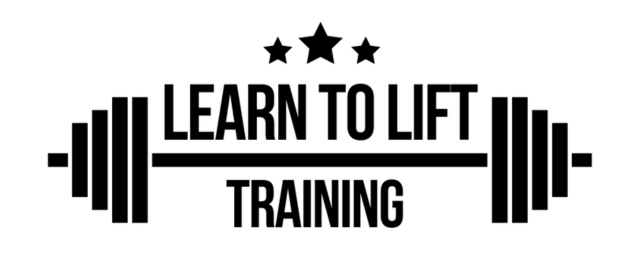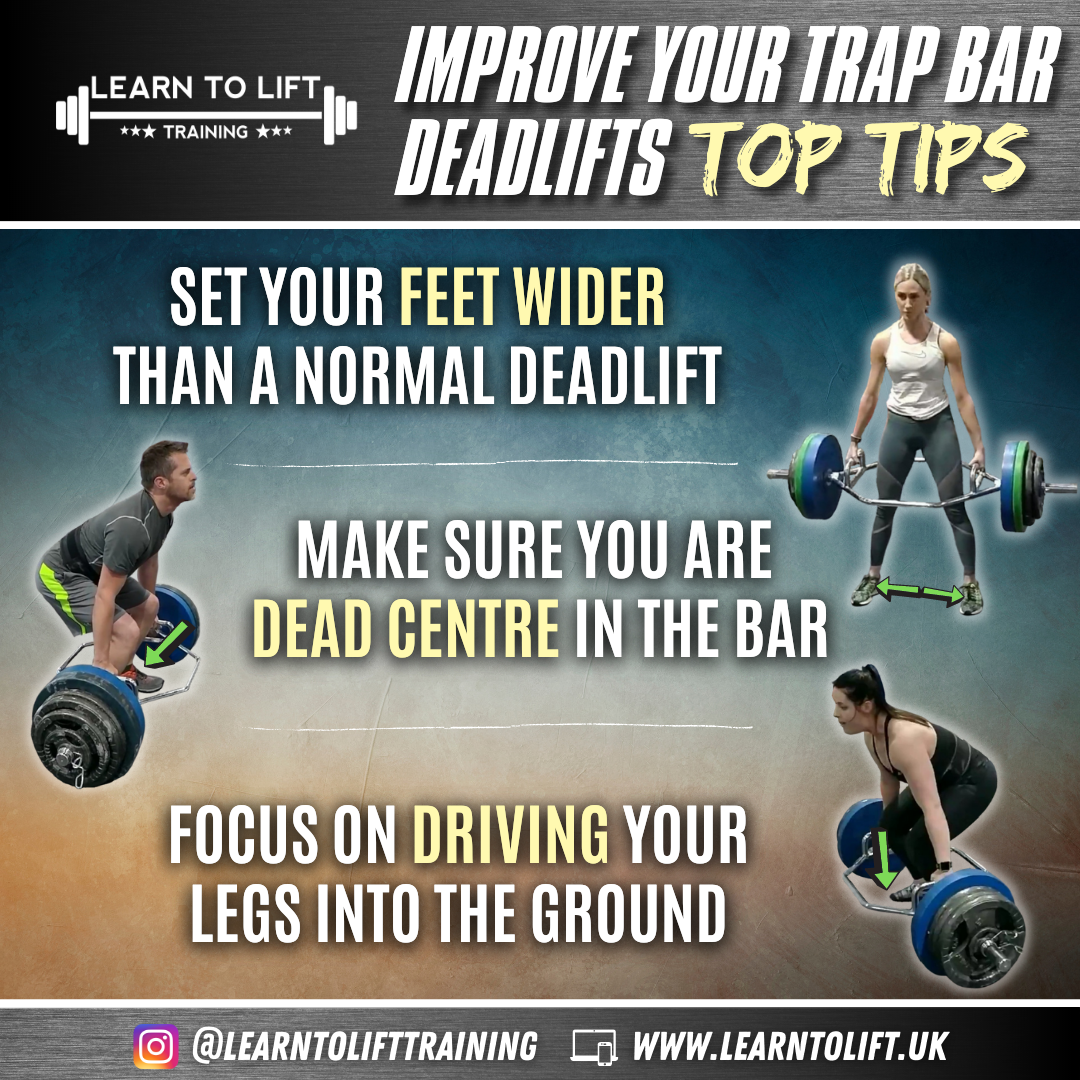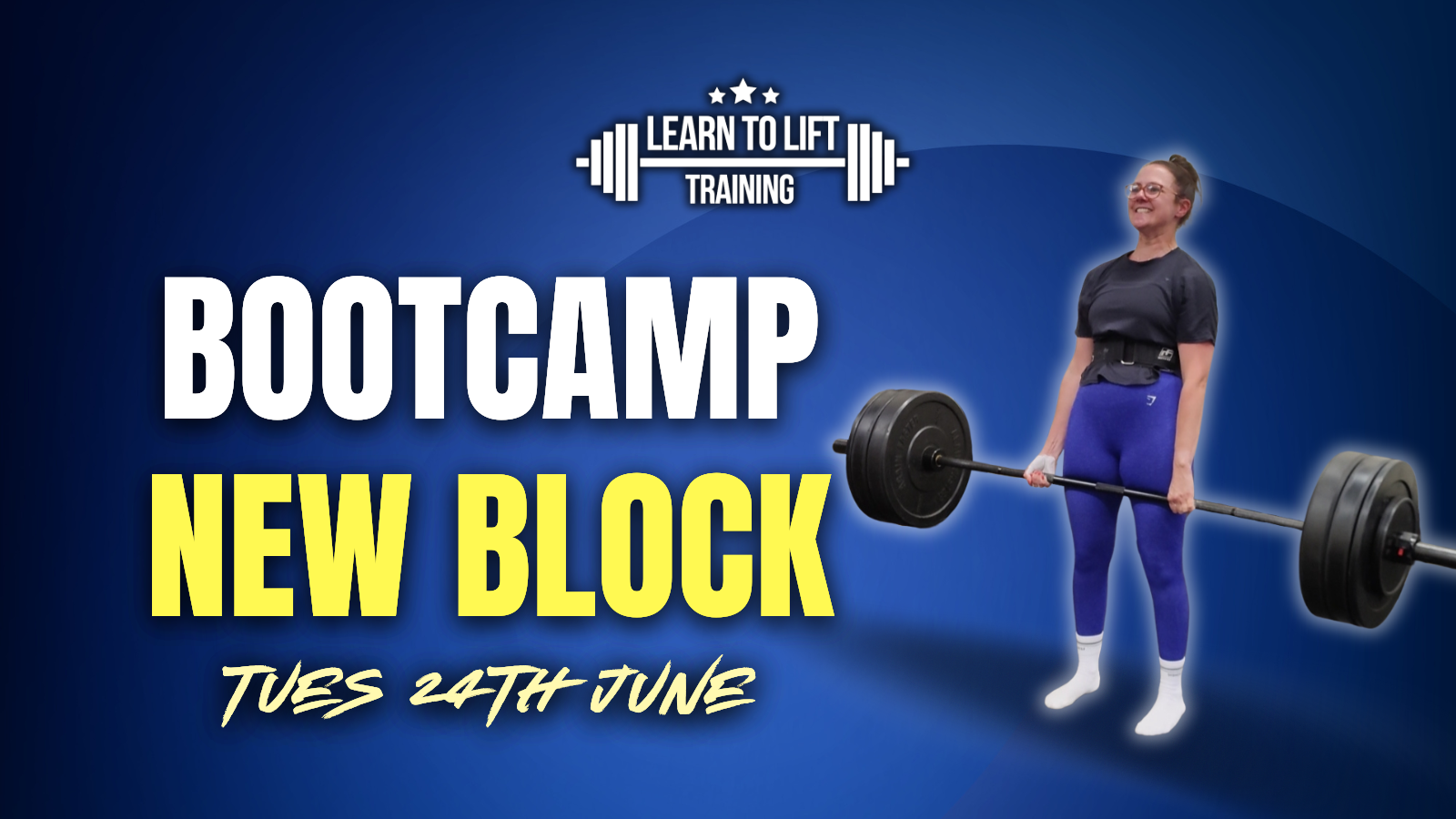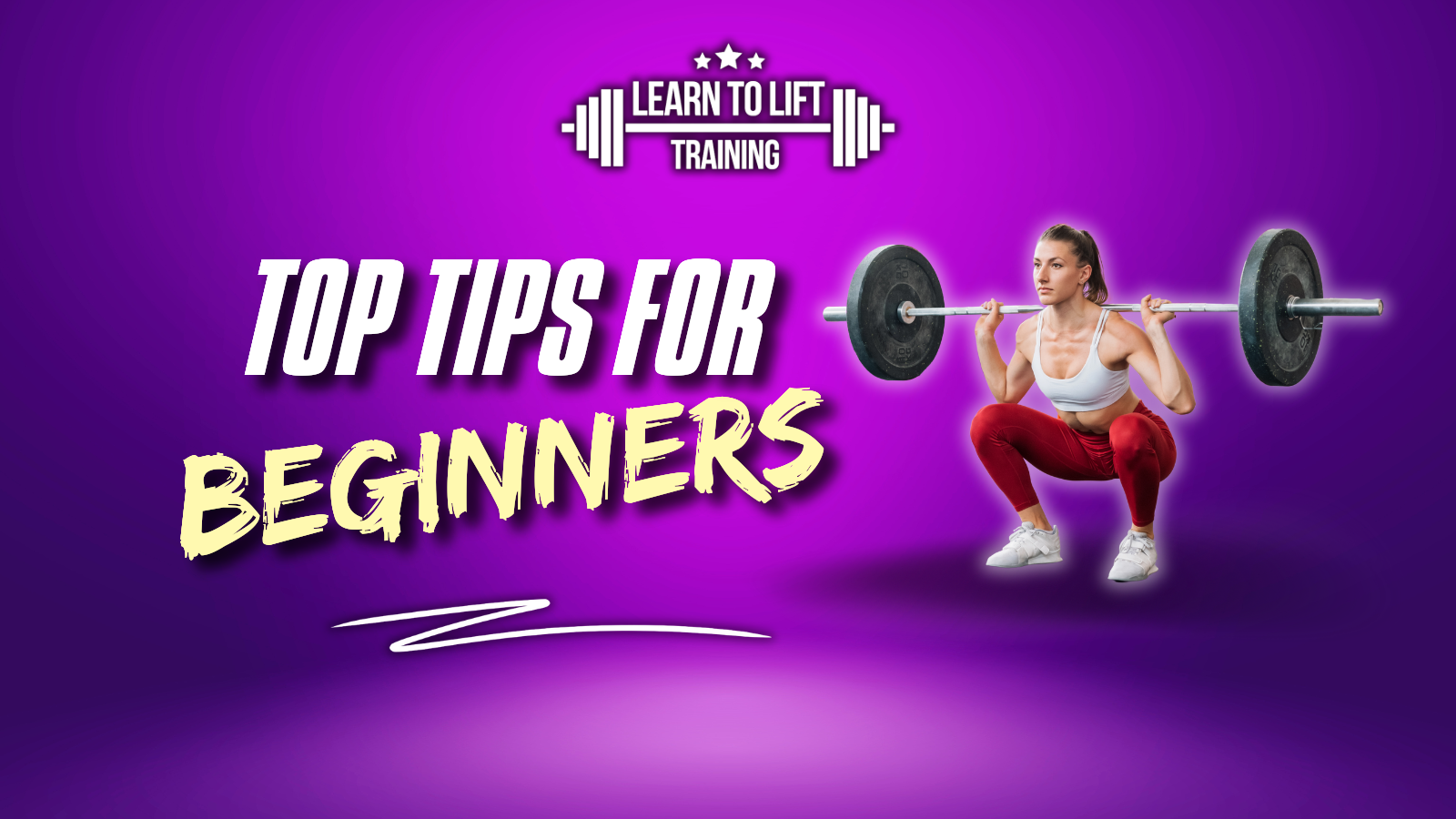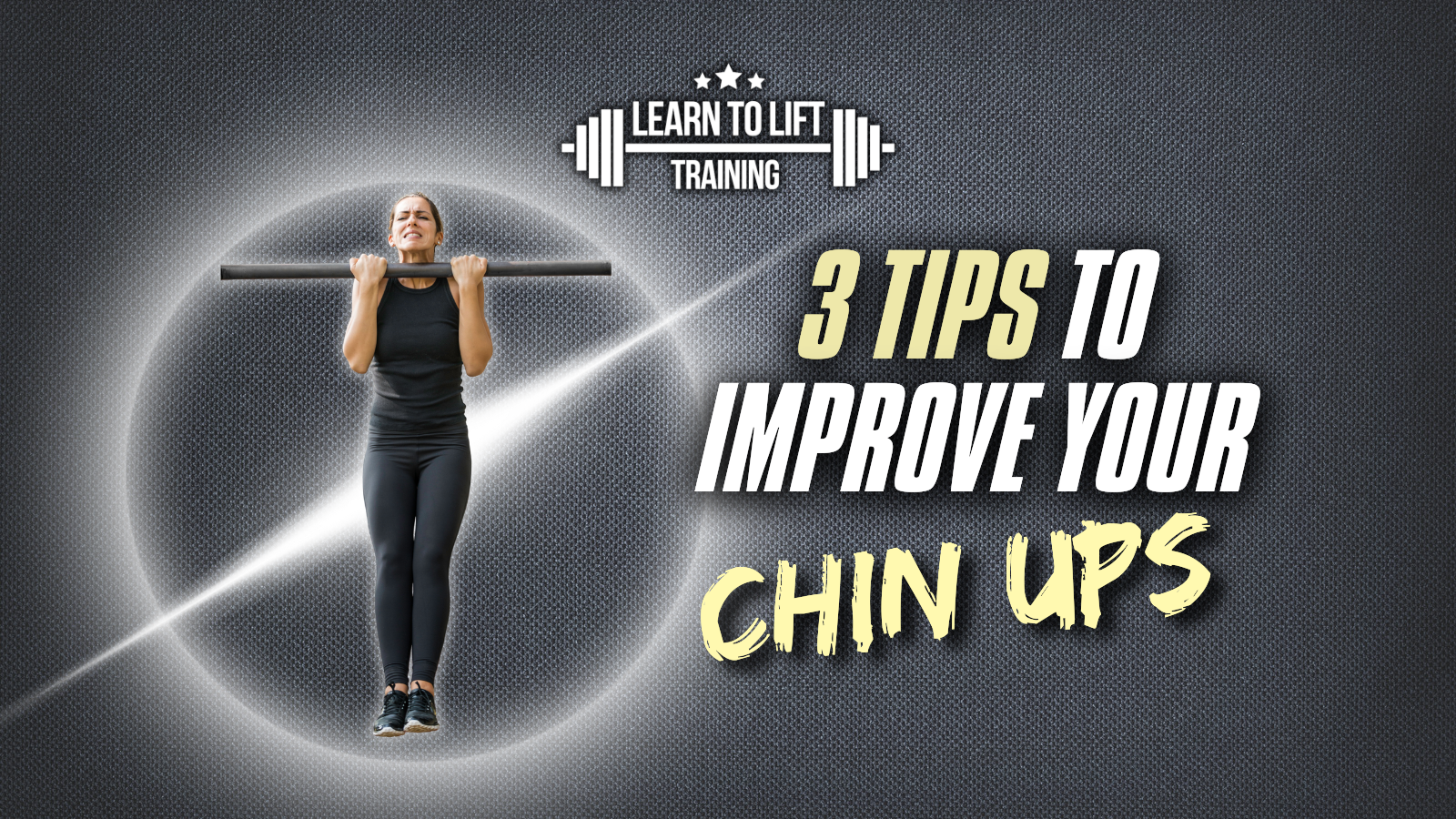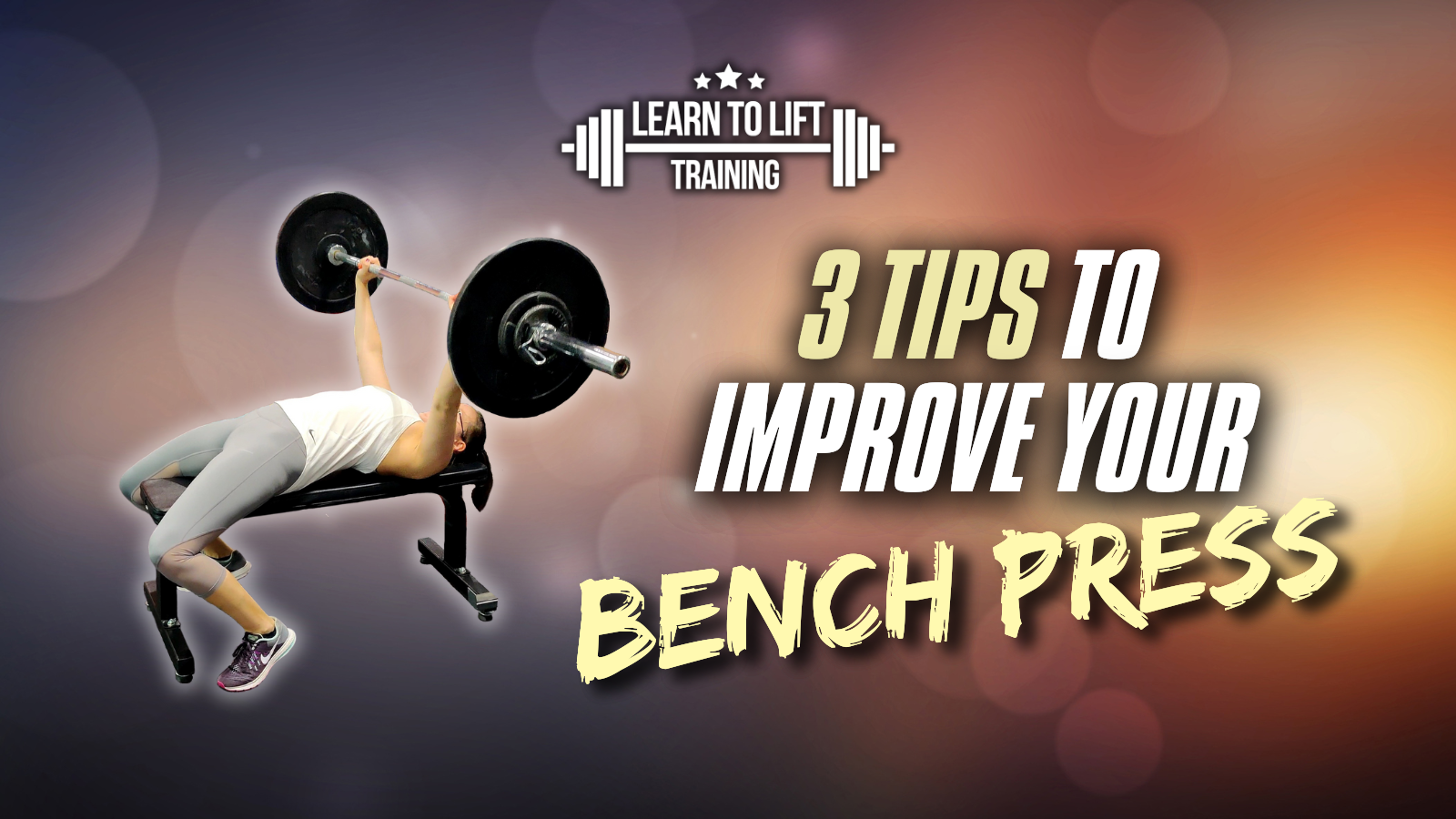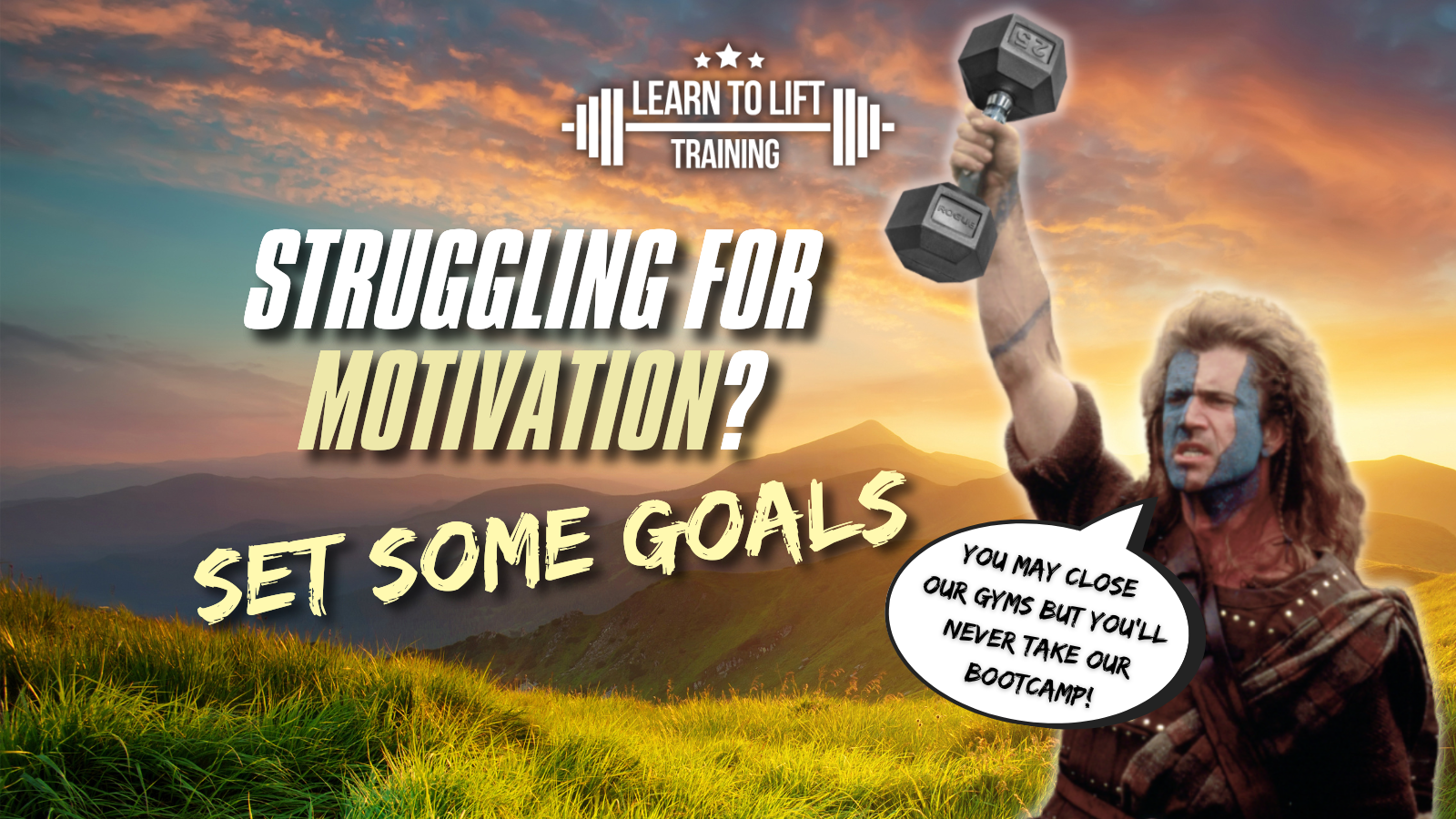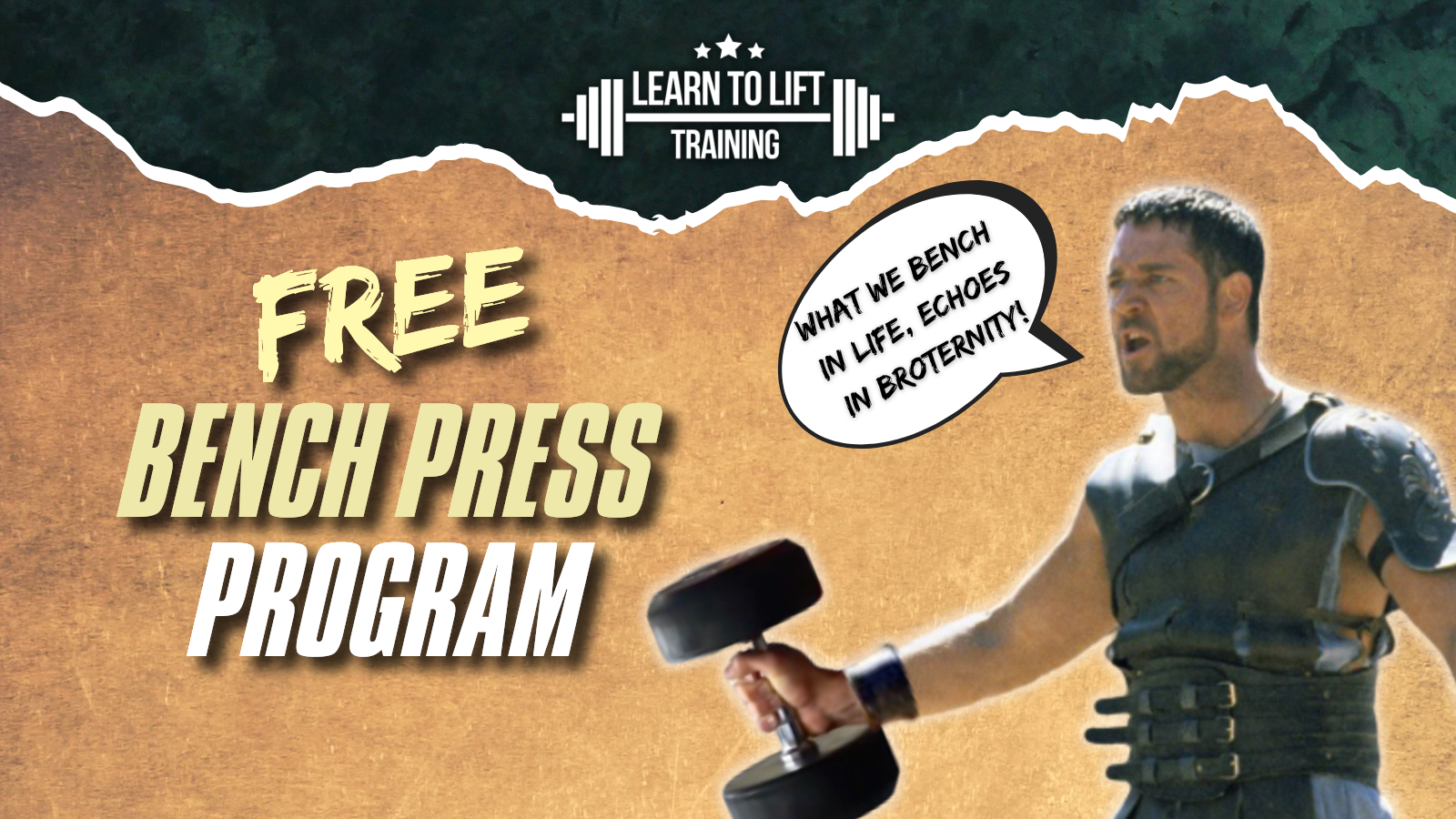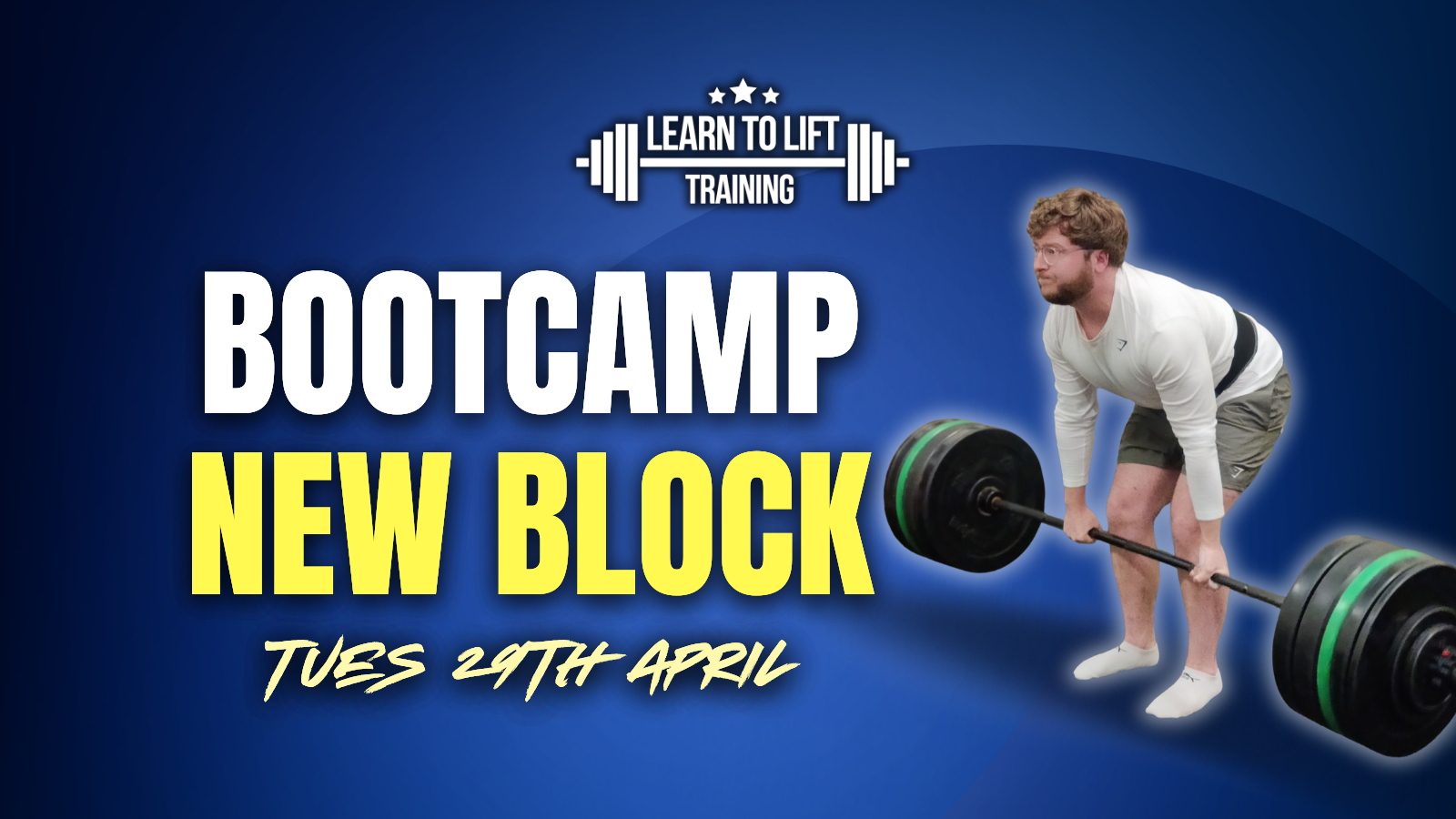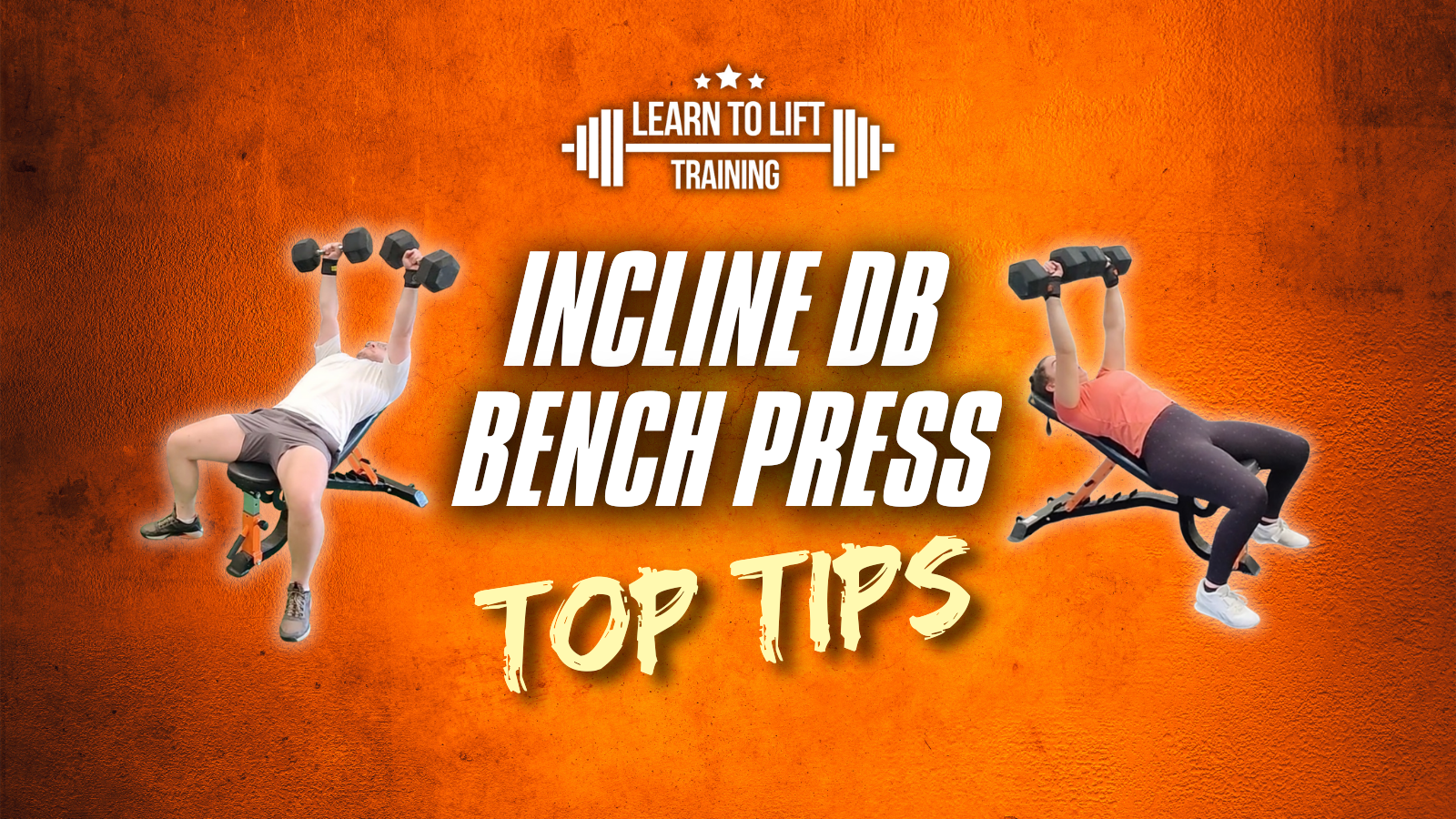3 Things You Can Do To Improve Your Trap Bar Deadlifts
3 Things You Can Do To Improve Your Trap Bar Deadlifts
Trap Bar is a fun Deadlift variant and a big bang for your buck movement given all the big muscle groups it works and the training effect it can have.
You will often find that people can lift a good amount more on a Trap Bar Deadlift than a conventional Deadlift, in fact it's not uncommon to see an increase of anywhere from 20 kg to 40 kg.
There are a few reasons for this with two of the main ones being:
- A Higher pick up position for Trap Bar Deadlifts - the handles of the Trap Bar allow for a starting point of the lift that can be around 4 to 6 inches higher than the start point for a conventional Deadlift (depending on the specific Trap Bar you are using). In simple terms, the higher start point means a reduced range of motion and thus less work must be performed to lift the same weight to lockout as you would on a conventional Deadlift. It's worth noting that most Trap Bars also have what are described as "low handles" that are at a standard bar height, although these tend to not be used nearly as often by comparison.
- The Trap Bar puts the weight in line with your centre of mass - this is in contrast to a conventional Deadlift where the weight is out in front of your body. Without delving into the specifics of the biomechanics, this makes it easier for you to lift a given weight.
Now that we have a clearer understanding of the movement relative to what we might describe as its "parent" lift, here's our top tips to make sure you perform your best on them!
1. Set Your Feet Wider Than For A Normal Deadlift
Our usual advice for the majority of people on a standard Deadlift is to set their stance shoulder width apart. This is perfectly valid for Trap Bar Deadlifts too. However, we have found that a slightly wider stance than this if often superior.
The reason for this is the fact that in some ways the Trap Bar Deadlift is more akin to a partial squat with the bar in your hands rather than on your back. The fact that you stand in the centre of the bar means you can use more of your quads on the movement than a standard Deadlift where the weight is out in front of you.
Given the parallel you can draw with a partial squat and the greater quad involvement, we recommend gravitating more towards a slightly wider stance that more closely aligns with your squat stance. It might not be a huge positional difference but experience has taught us that this can be very beneficial.
2. Make Sure You Are Dead Centre In The Bar
This is important as it can have a big impact on your initial drive on the lift and as you will probably know if you have done Trap Bar Deadlifts before, breaking the floor is the hardest part of the lift.
The most common error we have observed is standing slightly behind the centre of the bar. This can often happen because people's instinct is to stand a little further back so they can see where they are placing their hands more easily.
The challenge with this setup is the bar will need to swing back towards you as it comes off the ground before you can rise up properly with it. This can cost you valuable energy and cause you to bleed out a lot of force your are generating through inefficient angles. Ultimately, it will most likely make the lift a lot harder or cause you to miss it altogether.
We would strongly suggest taking your time in your setup to ensure you are dead centre in the bar, aiming for the sleeves to be aligned with your mid foot.
3. Focus on Driving Your Legs Into The Ground
This ties directly back in with our previous points about a Trap Bar Deadlift resembling a partial squat, greater quad involvement in the lift and breaking the floor being the most challenging part.
You may well have heard the start of a conventional Deadlift being described as leg pressing the floor away from you. This is even more pertinent here. Really focus on driving your legs into the floor and imagine pushing the floor away from you as forcefully as you can!
Become a part of our Glasgow Bootcamp
Put these tips into action and enjoy the rewards of improved technique and bigger lifts on your Trap Bar Deadlifts!
If you would like expert in person coaching to implement tips like these and many more, take a look at our
Bootcamp Glasgow page and
Drop Us A Message!
